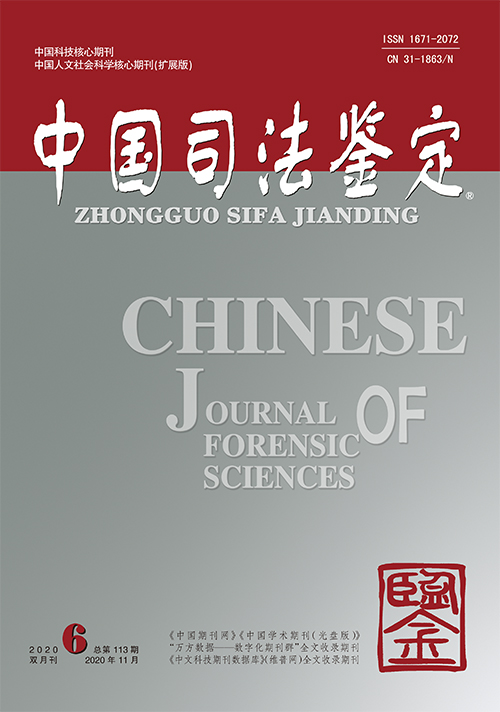|
|
Basic Thinking in Compiling the Standard of Human Body Injury Assessment
ZHU Guang-You
2013(6):
35-44.
This article comprehensively and systematically introduces the considerations of basic principles, fundamental structure, main content and some important issues about the Standard of Human Body Injury Assessment. The basic principles are that the standard must fully embody legality and applicability, objectivity and practicability, conformity and relevance, as well as being systematic and integrated, scientific and advanced. The assessment clauses are first enumerated in the sequence of brain, spinal cord, head, neck, chest, abdomen, basin, spine, limbs and body surface, and then subdivided in the sequence of injury levels, i.e. serious injury I, serious injury II, minor injury I, minor injury II and slight injury. In the appendix of the standard, the methods for assessing the dysfunction of tissues and organs are described. Moreover, the problems about the influence of causation between injury and disease, medical intervention, and endogenous disease are discussed in the appendix. This article is important to the experts of clinical forensic medicine and relevant legal workers to study and understand the standard.
Related Articles |
Metrics
|


